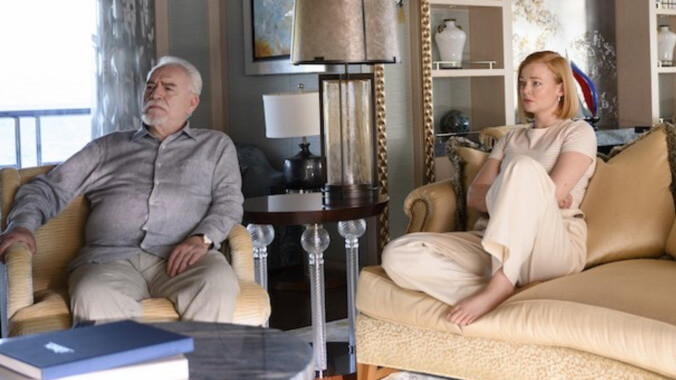Read This: Only COVID could flatten Peak TV

Has it been feeling like you just can’t find anything new to watch lately? Or, to put it more accurately: Do you find yourself not seeing as many new things that you want to check out? You’re not alone: It took awhile, but last year’s pandemic-based shutdown of much of the entertainment industry has started making its presence felt, mostly through the absence of new and returning television shows. TV became the de facto source of entertainment for everyone when we were forced indoors last March, and after bingeing our way through the COVID-19 lockdown, the era of Peak TV—at long last—took a hit.
That’s the main takeaway from a fascinating New York Times article that ran over the weekend, breaking down the changes in the streaming, cable, and broadcast landscape during the past year. “How The Pandemic Stalled Peak TV,” by John Koblin, explores the ways the delays in production schedules have not only rearranged the lineups of your favorite channels and platforms, but finally put a dent in the runaway growth of television production. Often referred to as the era of “Peak TV” (a phrase coined by FX head John Landgraf), the active number of scripted shows rose steadily every single year in the past decade—from 210 series in 2009 to 532 in 2019, an increase of 153 percent. And before the coronavirus hit, 2020 was looking to continue the trend, in large part thanks to the launches of Disney Plus, Apple TV Plus, HBO Max, Peacock, and (who could forget?) Quibi. From January to May, 214 adult-oriented scripted shows premiered, a 32 percent increase from the year before.
No longer. Once productions froze, stalled, or were canceled altogether (we miss you, Stumptown), those totals nosedived. It began in earnest during the fall, the start of the traditional broadcast television season: Whereas 86 shows premiered during September 2019, that number dropped to 35 last year. A leading factor, according to one of Koblin’s sources: The cost of making a show went up around 30% thanks to the health and safety protocols necessary to protect casts and crews from the coronavirus. In 2021, we’re truly witnessing a diminished programming landscape. It’s not without its silver linings: Lots of international programming and under-the-radar shows are getting increased attention, and unusual unscripted programming is also on the rise, thanks to the cheaper cost. (Hi there, Floor Is Lava!)
The whole piece is worth a read, and ends with an exhortation to do something many of us have often expressed a wish for, if only we had the time: Finally check out a classic you slept on when it first aired. Time to make good on that promise to check out The Wire!